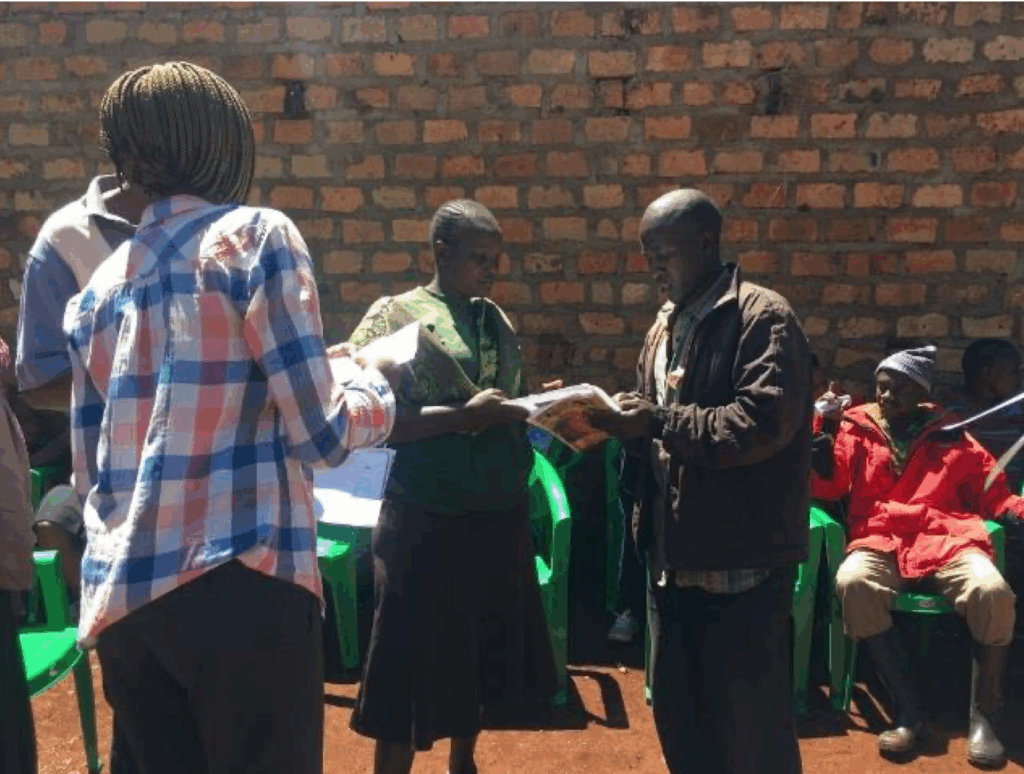A qualitative evaluation study on PAR, as used during the SevenSenses Challenges
Final thesis Lisa Popma
Download
![]()

A qualitative evaluation study on PAR, as used during the SevenSenses Challenges
Based on the Method evaluation model, used in this study, it appeared that PAR is successful. PAR is actual efficient; SevenSenses has succeeded in creating a clear and easy-to-understand training. Which helps reduce the effort to perform PAR during the challenges. Another unique aspect was the cooperation with the local researcher, which also reduced the effort to perform PAR. PAR is actual effective, Not only does PAR achieve its objectives it also creates empowerment and ownership among the local community. PAR is not perceived as effortless in all aspects, but it is perceived as clear and easy-to-understand. Participants even say ‘it was one of the most beautiful experiences of their lives’ The participants were willing to work hard because they were empowered, satisfied, and got a lot of energy back from the local people. PAR is perceived to be useful. The participants believe that they would not have achieved the intended objectives without the use of PAR, as opposed to traditional research for example. PAR is indented to use in the future by the participants and according to Moody (2006), for a method to be successful, ‘it must not just enhance task performance, but also people’s willingness to use it.’
The knowledge obtained during the PAR challenges represented local communities defining their own experiences, needs, and ways of representing themselves. This study showed that the challenges exemplify what can be achieved using a PAR approach. While not without its challenges and complexities, SevenSenses has implemented PAR processes to support important change processes for communities and the stakeholders involved. PAR gives a voice to communities in identifying the factors impacting their social and emotional well-being and encourages them to see themselves as agents of social change. The researcher wants to show that PAR can contribute to the scientific world, by connecting with the needs of society.